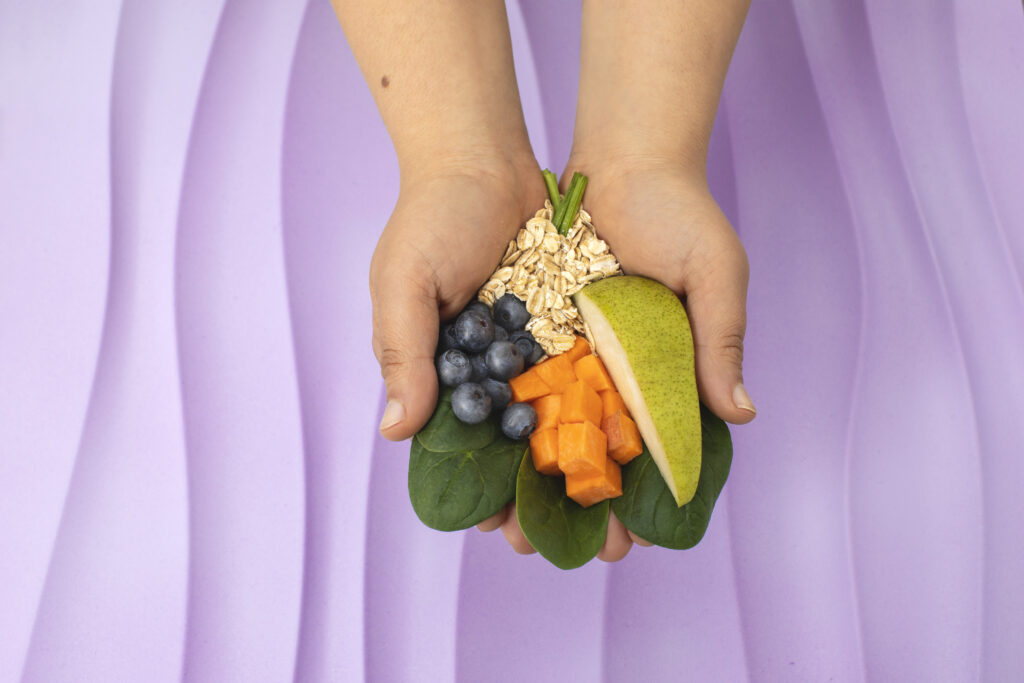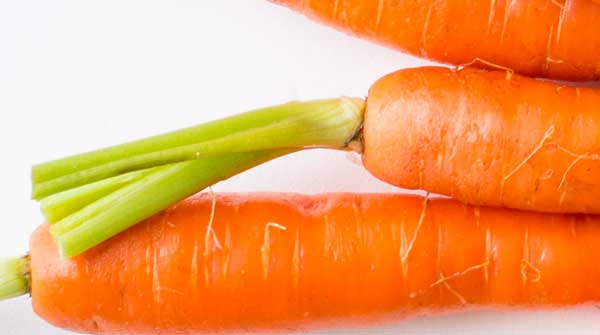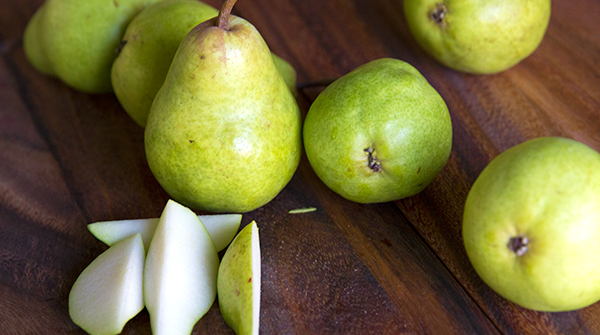An open letter to first time parents:
We know this solid food thing can really sneak up on you. You’ve just barely figured out your whole breastfeeding (or bottle feeding) schedule and now it’s already time to add solids into the mix.
What?!?
It can feel nearly impossible to organize how and when to introducing solids without spending your entire day either napping, feeding, making food, offering food, and cleaning up food (from the floor, from the baby, from the high chair, from your hair). If you never make it outside as you get used to this, we’re here to tell you you’re not alone. And then you go from offering one meal to two meals and then three meals and then snacks. Phew!
So, first off, don’t worry. You and your baby will find a rhythm. We all eventually do. And remember that first purees and even blends are really to let your baby get a sense of things, to taste, to come to love a wide variety of flavors, to establish a love for healthy foods. They’re still getting a lot of the nutrients they actually need from breast milk (or formula). These flavors will be especially new and important for formula-fed babies. Breast milk changes daily based on what mom has been eating, while formula does not.
So here’s how to start offering solids:
- If you already have a set up baby feeding schedule, slot in solids at whatever time is easiest for you. If morning is too hectic, try for a midday feeding. And go from there.
- If you’re breastfeeding on demand and you don’t have a set schedule, try introducing solids around when your own meals tend to happen and based on when baby last napped. So when she wakes up first thing in the morning, you could nurse her. But before she goes down for a nap, you can offer solids, too.
- It’s hokey to say but it’s good advice: Listen to your baby. Not only do they know when they’ve had enough to eat (something we adults could stand to tune back into!), they also seem to have a sense of when a “meal” should be. If you get the feeling they’re hungrier than a milk or formula feeding took care of, that’s also a good time to add in solids. This is a great indicator of when it is time to start adding in second and third meals.
Also? Don’t forget to have fun!
Here’s a sample feeding schedule for a baby who still naps two times a day and is up to 3 meals a day. If you’re just starting out, do one of the three meal options. Then add in the others. Keep in mind your baby may need more or less nursing or bottle-feeding, depending on appetite and age, so adjust accordingly. Working moms and dads will for sure want to schedule introducing those first solids into times when able to be home. So “breakfast” is a great place to start.
sample baby feeding schedule
“breakfast-time”
- Baby wakes up. Nurse or bottle feed.
- MEAL ONE “breakfast” Midway between wake up time and nap time (i.e. if baby is up for 2 hours, figure an hour after wake up), offer solids.
- Baby naps. Nurse or bottle feed before nap.
“lunch-time”
- Baby wakes up from nap. Nurse or bottle feed.
- MEAL TWO “lunch” Midway between wake up time and nap time, offer solids.
- Baby naps. Nurse or bottle feed before nap.
“dinner-time”
- Baby wakes up from nap. Nurse or bottle feed.
- MEAL THREE “dinner” Midway between wake up time and going to bed for the night, offer solids. (If this is before your family meal, you can of course put the baby in the high chair if she’s awake when everyone else is eating and let her eat a little more, to be a part of things).
- Baby’s bedtime. Nurse or bottle feed before putting baby to bed.
Please note: Every baby is different. Nurse or bottle feed as needed throughout the day, and always consult your pediatrician if you have specific questions or concerns.
The advice provided in this article is for informational purposes only and is not a substitute for medical diagnosis, advice or treatment for specific medical conditions. Always consult a pediatrician to understand the individual needs of your child.
Written by Plum Organics



